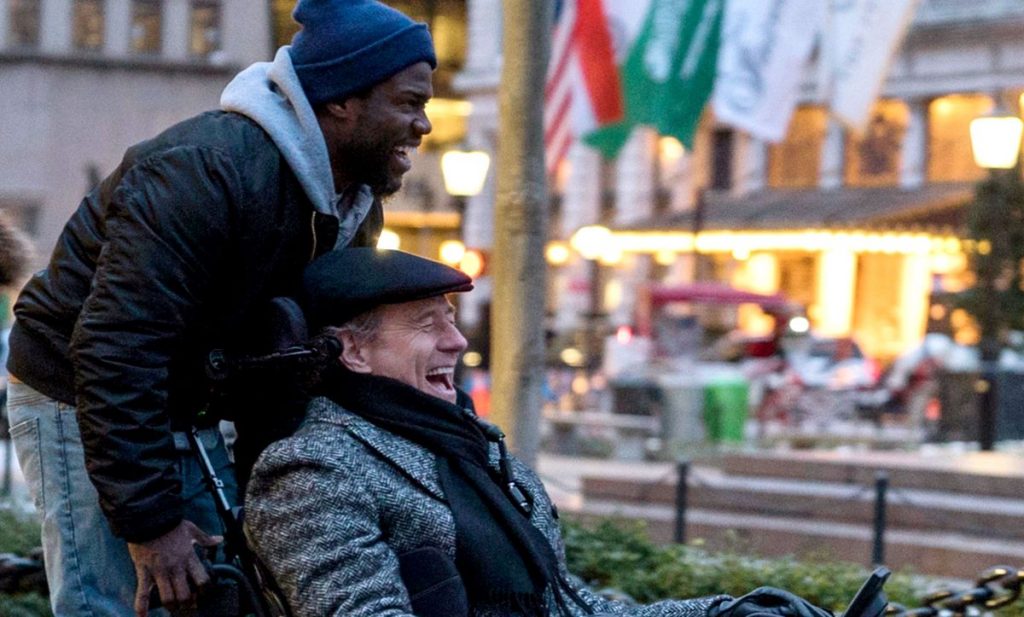The Paralympics has meant a lot to me from a very young age. I remember watching and realizing that there were people like me. My parents were, and still are, very wonderful people who thought it was essential that I had a very positive outlook on my life; regardless of limitations. While I had days where my mental health would suffer because of my circumstances, I’m glad to say those days have gotten fewer and farther between.
As I got older and discovered my love of TV, movies, and books, I didn’t see much of myself in the shows or movies that I watched. If I happened to find films with disabled characters, it usually wasn’t a positive experience. It may come as a surprise to you that I was 22 before I found a film that I saw myself in; especially in terms of the positive portrayal of disability. That movie was The Upside; a remake of the French film The Intouchables, inspired by a true story.
What I enjoy most about watching a movie with a positive representation of disability is that you can see parts of your life being reflected in front of you in such a natural way that it makes you feel hopeful. When I think about The Upside, the first thing that always springs to mind is how well Philip (Bryan Cranston), the disabled main character, is drawn. Even the dynamic between the disabled person and his caregiver (Dell Scott, played by Kevin Hart) is so realistic.
The bond that blossoms between them is uplifting to watch, as it shows how circumstance can build friendship amid adversity.
The character arc for Philip is fascinatingly intricate. He’s grappling with many things in his life, and learning to accept his circumstances as a disabled person and as a widower. I thought his journey to acceptance was well done. I’ve spoken a lot about how accepting your circumstances in any capacity, whether you are disabled or not, is never a linear process. The film shows Philip dating, getting rejected, questioning himself and ultimately finding love with Yvonne (Nicole Kidman), who has always accepted him in every circumstance.
One thing you should know about me is that I love a good love story. But here’s the thing: I’ve always struggled to find one with a disabled character that wasn’t problematic. At least, that was pretty much the case until I watched The Upside. In most movies with a disabled protagonist, the character finds love but doesn’t feel like they deserve it. The problem that I have with this kind of narrative, and quite frankly, characterization of disabled people in movies is that it gives the impression that disabled people are just that: Disabled. That isn’t true to life. That’s what The Upside does so well.
It shows the disabled main character as a multifaceted, intricately drawn character with interests, humor, hopes and history.
I often think about how The Upside would have affected me if I watched it sooner. I wonder if I would have internalized any of the film’s messages from a younger age and if that would have given me a more balanced frame of reference growing up as a disabled person. The Upside shows the world that even though people are disabled, they can have fun, exciting, and enjoyable lives. It shows that regardless of circumstance, life is joyful.
Header: Bryan Cranston and Kevin Hart in The Upside (Escape Artists)
About the Author
You may also like
-
Big in Japan: The Niche Genre of Asian Films That Never Lost the Fun
-
Screaming, Crying, Laughing — Why Can’t We Get Enough of Gruesome Comedy?
-
A Brief Exploration of LGBTQ+ Depictions in ’80s Cinema
-
The Politics of ‘Attack on Titan’: Reality or Fiction?
-
Celebrating the Magic of Black Witchiness in Entertainment

